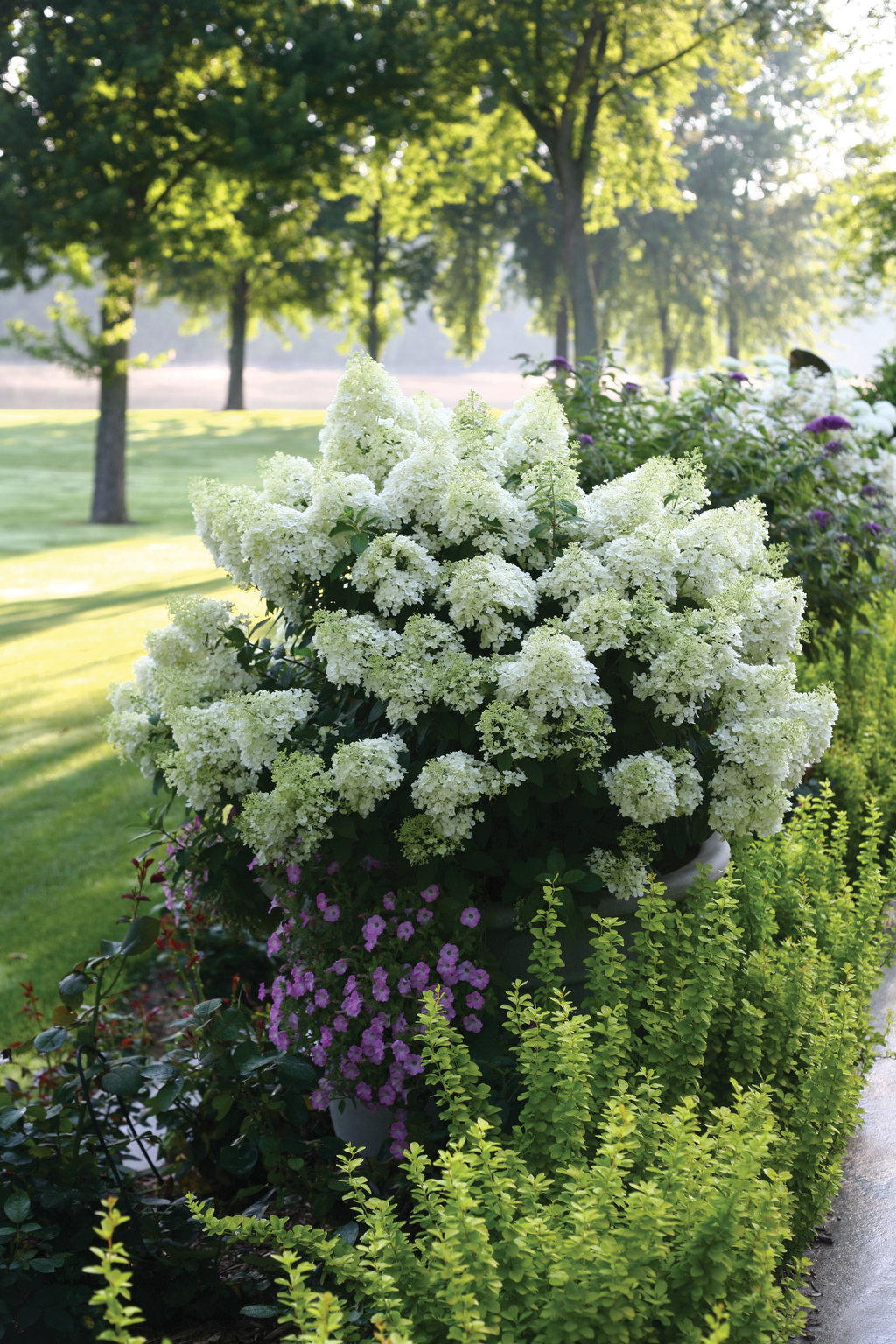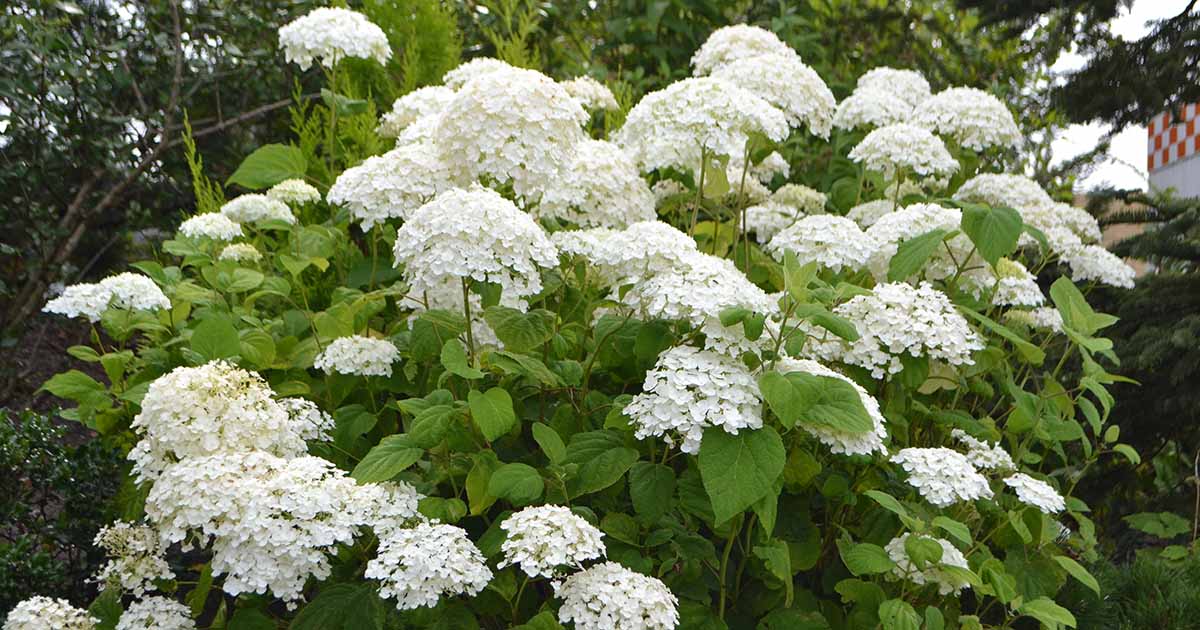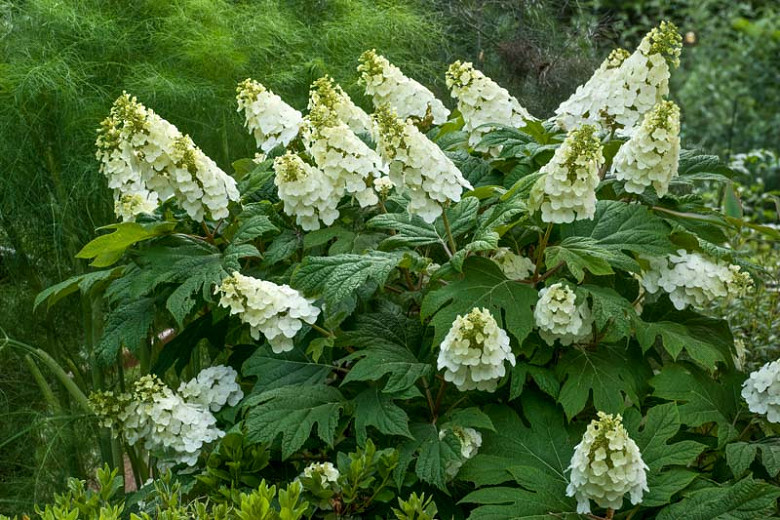Hydrangeas: The Ultimate Guide To Growing And Caring For These Gorgeous Blooms
Hydrangeas: The Ultimate Guide to Growing and Caring for These Gorgeous Blooms
Hydrangeas are one of the most popular flowering shrubs in the world, and for good reason. They are known for their large, colorful blooms that can add a touch of elegance to any garden. But hydrangeas are not just beautiful - they are also relatively easy to care for.
In this blog post, we will provide you with the ultimate guide to growing and caring for hydrangeas. We will cover everything from choosing the right variety to planting and watering to pruning and deadheading. By the end of this post, you will be an expert on hydrangea care!
Choosing the Right Variety
There are many different varieties of hydrangeas available, so it is important to choose the right one for your needs. Some factors to consider include the size of the plant, the color of the blooms, and the amount of sun and shade the plant needs.
If you have limited space, you may want to choose a compact variety such as the Annabelle hydrangea. This variety has large, white blooms that are perfect for adding a touch of elegance to a small garden.
If you are looking for a hydrangea with colorful blooms, you may want to choose a variety such as the Endless Summer hydrangea. This variety can produce blooms in a variety of colors, including blue, pink, and purple.
Finally, you need to consider the amount of sun and shade the plant needs. Most hydrangeas prefer partial sun, but there are some varieties that can tolerate full sun or full shade.
Planting and Watering
Once you have chosen the right variety of hydrangea, it is time to plant it. Hydrangeas should be planted in the spring or fall. The soil should be well-drained and rich in organic matter.
When planting hydrangeas, it is important to plant them at the same depth as they were in the pot. You should also water the plant well after planting.
Hydrangeas need regular watering, especially during the first year after planting. Once the plant is established, it will need less water. However, you should still water the plant during hot, dry weather.
Pruning and Deadheading
Hydrangeas should be pruned in the spring, before the new growth starts. Pruning will help to shape the plant and encourage new blooms.
You should also deadhead hydrangeas regularly. Deadheading is the process of removing spent blooms. This will help to encourage new blooms and keep the plant looking its best.
Fertilizing
Hydrangeas should be fertilized in the spring and fall. You can use a balanced fertilizer, such as 10-10-10.
Overwintering
In most climates, hydrangeas do not need to be protected from the winter. However, if you live in an area with cold winters, you may want to cover the plant with a burlap sack or other protective material.
Troubleshooting
If your hydrangeas are not blooming, there are a few possible reasons. One possibility is that the plant is not getting enough sunlight. Another possibility is that the plant is not getting enough water. Finally, it is also possible that the plant is not getting enough fertilizer.
If your hydrangeas are getting the right amount of sunlight, water, and fertilizer, and they are still not blooming, it is possible that the plant is not the right variety for your climate.
Conclusion
Hydrangeas are beautiful and easy-to-care-for shrubs that can add a touch of elegance to any garden. By following the tips in this blog post, you can ensure that your hydrangeas will thrive for many years to come.
Hydrangeas are beautiful, versatile plants that can add a touch of elegance to any garden. They come in a wide variety of colors, including blue, pink, white, and purple. Hydrangeas are also relatively easy to care for, making them a good choice for even novice gardeners.
If you're interested in learning more about hydrangeas, I recommend visiting . This website has a wealth of information on hydrangeas, including care tips, planting instructions, and a gallery of beautiful hydrangea photos.
FAQ of hydrangea plant
1. What are the different types of hydrangeas?
There are many different types of hydrangeas, but some of the most popular include:
- Hydrangea macrophylla: This is the most common type of hydrangea, and it is known for its large, colorful blooms.
- Hydrangea paniculata: This type of hydrangea produces large, cone-shaped blooms.
- Hydrangea arborescens: This type of hydrangea is a deciduous shrub that produces small, white or pink blooms.
- Hydrangea serrata: This type of hydrangea is a semi-evergreen shrub that produces small, blue or pink blooms.
- Hydrangea quercifolia: This type of hydrangea is a deciduous shrub that produces large, oak-shaped leaves and small, white or pink blooms.
2. How do I care for a hydrangea plant?
Hydrangeas are relatively easy to care for, but they do have some specific needs. Here are some tips for caring for a hydrangea plant:
- Plant hydrangeas in well-drained soil in a location that gets partial shade.
- Water hydrangeas regularly, especially during hot, dry weather.
- Fertilize hydrangeas in the spring with a balanced fertilizer.
- Deadhead hydrangea blooms regularly to encourage new growth.
- Protect hydrangeas from frost in the winter.
3. How do I change the color of my hydrangeas?
The color of hydrangea blooms is affected by the pH of the soil. In acidic soil, hydrangeas will bloom blue or purple. In alkaline soil, hydrangeas will bloom pink or red. You can change the color of your hydrangeas by adjusting the pH of the soil.
To make the soil more acidic, add peat moss or sulfur to the soil. To make the soil more alkaline, add lime to the soil.
4. Why are my hydrangea leaves turning brown?
There are a few reasons why your hydrangea leaves might be turning brown. Here are some of the most common causes:
- Water stress: Hydrangeas need regular watering, especially during hot, dry weather. If your hydrangeas are not getting enough water, their leaves will start to turn brown.
- Pests and diseases: Hydrangeas can be susceptible to a number of pests and diseases, such as spider mites, aphids, and powdery mildew. If your hydrangeas are infected with a pest or disease, their leaves will start to turn brown.
- Nutrient deficiency: Hydrangeas need certain nutrients in order to thrive. If your hydrangeas are not getting enough nutrients, their leaves will start to turn brown.
5. How do I propagate hydrangeas?
Hydrangeas can be propagated by taking cuttings or by dividing the root system.
To take cuttings, cut a healthy stem from the hydrangea plant in the spring or summer. The cutting should be about 6 inches long and have at least 3 nodes. Dip the cutting in rooting hormone and plant it in a pot of well-draining soil. Keep the soil moist and the cutting in a warm, shady location. The cutting should root in about 4-6 weeks.
To divide the root system, dig up the hydrangea plant in the fall or spring. Use a sharp knife to divide the root system into two or three sections. Each section should have at least one healthy root and a few leaves. Replant the divisions in a new location.
Image of hydrangea plant
- Hydrangea macrophylla is a popular variety of hydrangea that is known for its large, colorful blooms.

- Hydrangea paniculata is another popular variety that produces large, cone-shaped blooms.

- Hydrangea arborescens is a hardy variety that is known for its white or pink blooms.

- Hydrangea quercifolia is a deciduous variety that produces large, bell-shaped blooms.

- Hydrangea petiolaris is a climbing variety that produces white or pink blooms.

Post a Comment for "Hydrangeas: The Ultimate Guide To Growing And Caring For These Gorgeous Blooms"